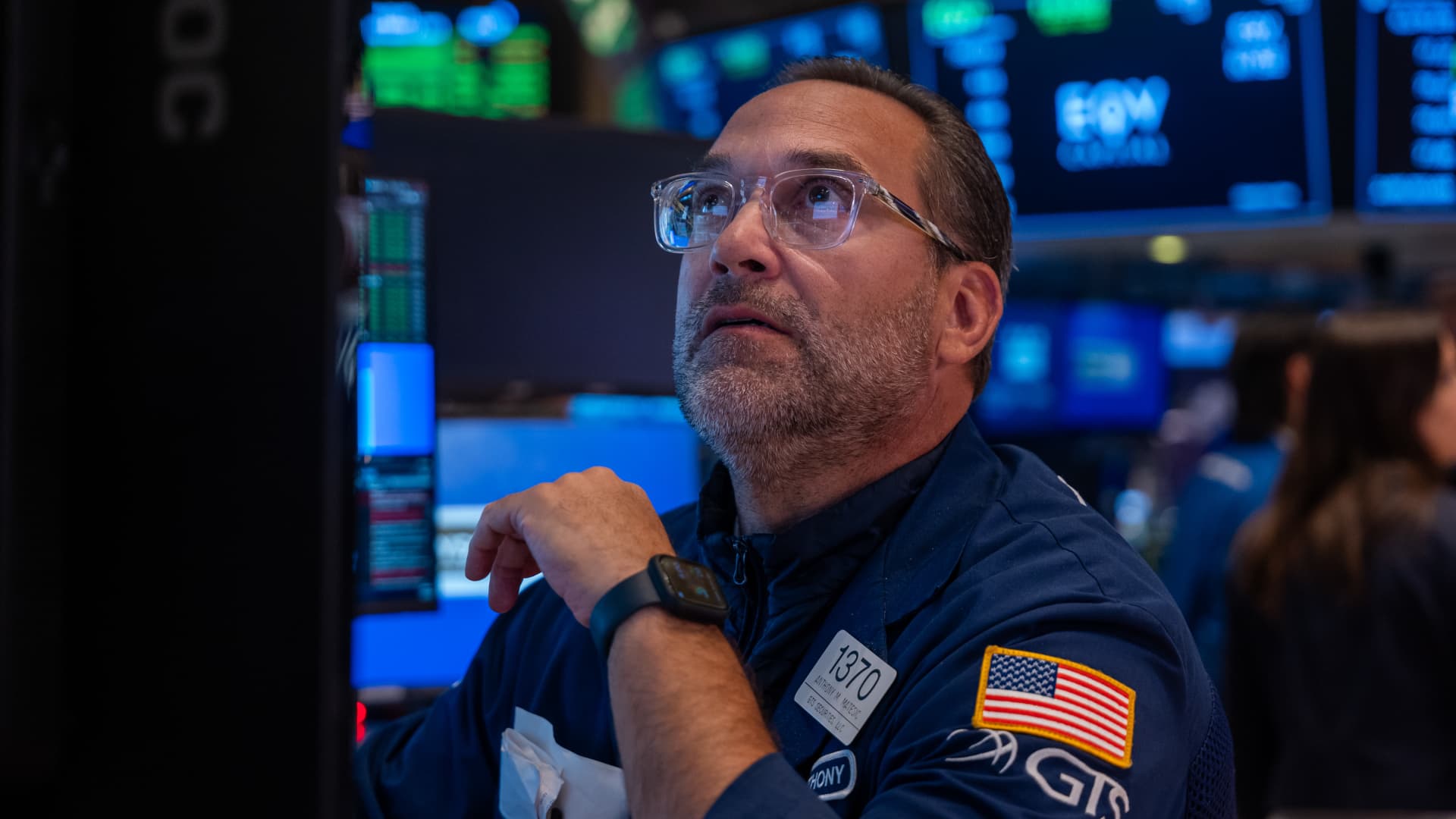Investors could be in for a rough time the next two months, if the history of volatility spikes is any indication, according to Bank of America Securities. Bank of America found that the S & P 500 typically is lower two months after the Cboe Volatility Index (VIX) spikes above 45. Wall Street’s so-called fear gauge surged to 65.73 last week amid a global market meltdown . That was the highest level for the index since the Covid-19 pandemic when it jumped to 85.47, as well as the second-highest level since the late-2008 spike to 89.53. In the eight weeks after such a volatility surge, the S & P 500 is higher only 40% of the time and loses 0.72% on a median basis, BofA data shows. Typically, the broad market index gains 66% of the time and advances 1.95% on a median basis. “These SPX returns suggest that time is needed for the US equity market to stabilize after a VIX spike,” Stephen Suttmeier, technical research strategist at BofA Securities, wrote in a note. “It also points to lackluster to weaker returns prior to the Presidential election, which lines up with election year seasonality.” .VIX YTD bar VIX year to date To be sure, it’s not all bad news. The Vix has since fallen back to just below 20 — a normal reading that indicates markets have returned to a risk-on bias, perhaps extraordinarily after last week’s moves. A reading above 20 is considered bearish, and indicates elevated levels of fear and uncertainty in the market. Investors with a longer time horizon are also likely to recoup the losses seen after a volatility spice. Roughly three months after a Vix spike, the broad market index is higher 80% of the time, gaining 5.17% on a median basis, per BofA. One year later, the S & P 500 is up 80% of the time, rallying 18.18% on a median basis. That said, signs of near-term market struggles are showing up. The S & P 500 on Monday flip-flopped between gains and losses, struggling to follow through on the market resurgence seen late last week that nearly wiped out the index’s week-to-date losses. If this kind of market action is any indication, investors should brace for a tougher path ahead.
Subscribe to Updates
Get the latest tech, social media, politics, business, sports and many more news directly to your inbox.















